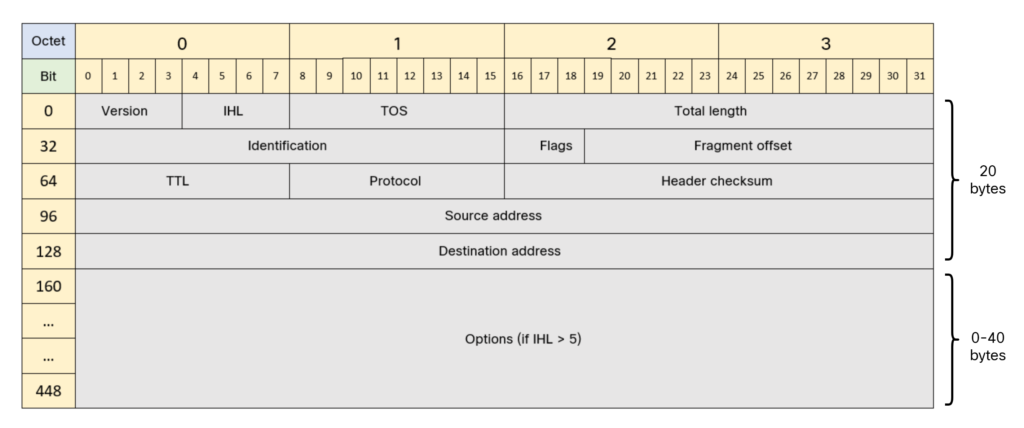Bringing insights into TCP resets and timeouts to Cloudflare Radar
Cloudflare handles over 60 million HTTP requests per second globally, with approximately 70% received over TCP connections (the remaining are QUIC/UDP). Ideally, every new TCP connection to Cloudflare would carry at least one request that results in a successful data exchange, but that is far from the truth. In reality, we find that, globally, approximately 20% of new TCP connections to Cloudflare’s servers time out or are closed with a TCP “abort” message either before any request can be completed or immediately after an initial request.
This post explores those connections that, for various reasons, appear to our servers to have been halted unexpectedly before any useful data exchange occurs. Our work reveals that while connections are normally ended by clients, they can also be closed due to third-party interference. Today we’re excited to launch a new dashboard and API endpoint on Cloudflare Radar that shows a near real-time view of TCP connections to Cloudflare’s network that terminate within the first 10 ingress packets due to resets or timeouts, which we’ll refer to as anomalous TCP connections in this post. Analyzing this anomalous behavior provides insights into scanning, connection tampering, DoS attacks, connectivity issues, and other behaviors.




